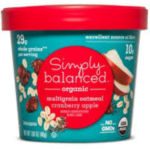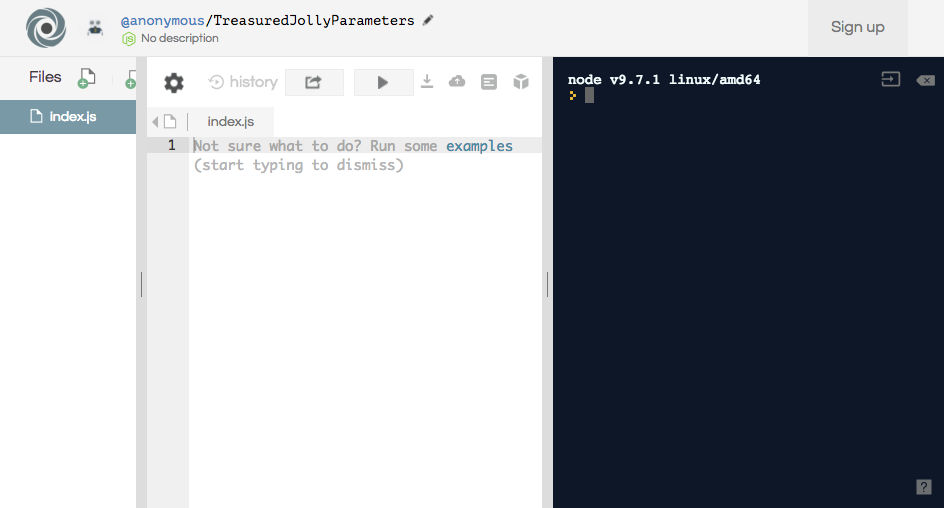Many people dread Ramadan — especially in the US since we don’t get to work half days — because working when you are hungry is challenging and can sometimes give you a literal headache. Every year, I research foods and try to find the right combination of types of food to eat right before fasting each day (around 4 AM). This year, 2018, I believe I’ve come up with a good list. Based on the USDA’s Dietary Reference Intake calculator, I should consume each day
- 38 grams of fiber
- 69 grams of protein
Since we normally eat twice in Ramadan, once in the early morning before beginning your fast and once at night when breaking your fast, we can split these daily values (DV) up, e.g. in half, so that my target for breakfast in the morning would be
- 19 grams of fiber
- 36 grams of protein
Fiber gets processed slowly in your stomach which makes you feel full longer. Protein is an essential source of energy.
So here’s my list:
One cup of oatmeal
I like the Simply Balanced Organic to-go cups of oatmeal available at Target. These cups cost $1.49 each and are super convenient to prepare in the morning. Just add water, microwave for 50 seconds, stir, eat, then throw away the cup. There are 3 flavors:
Continue reading How to Survive Ramadan By Not Feeling Hungry











